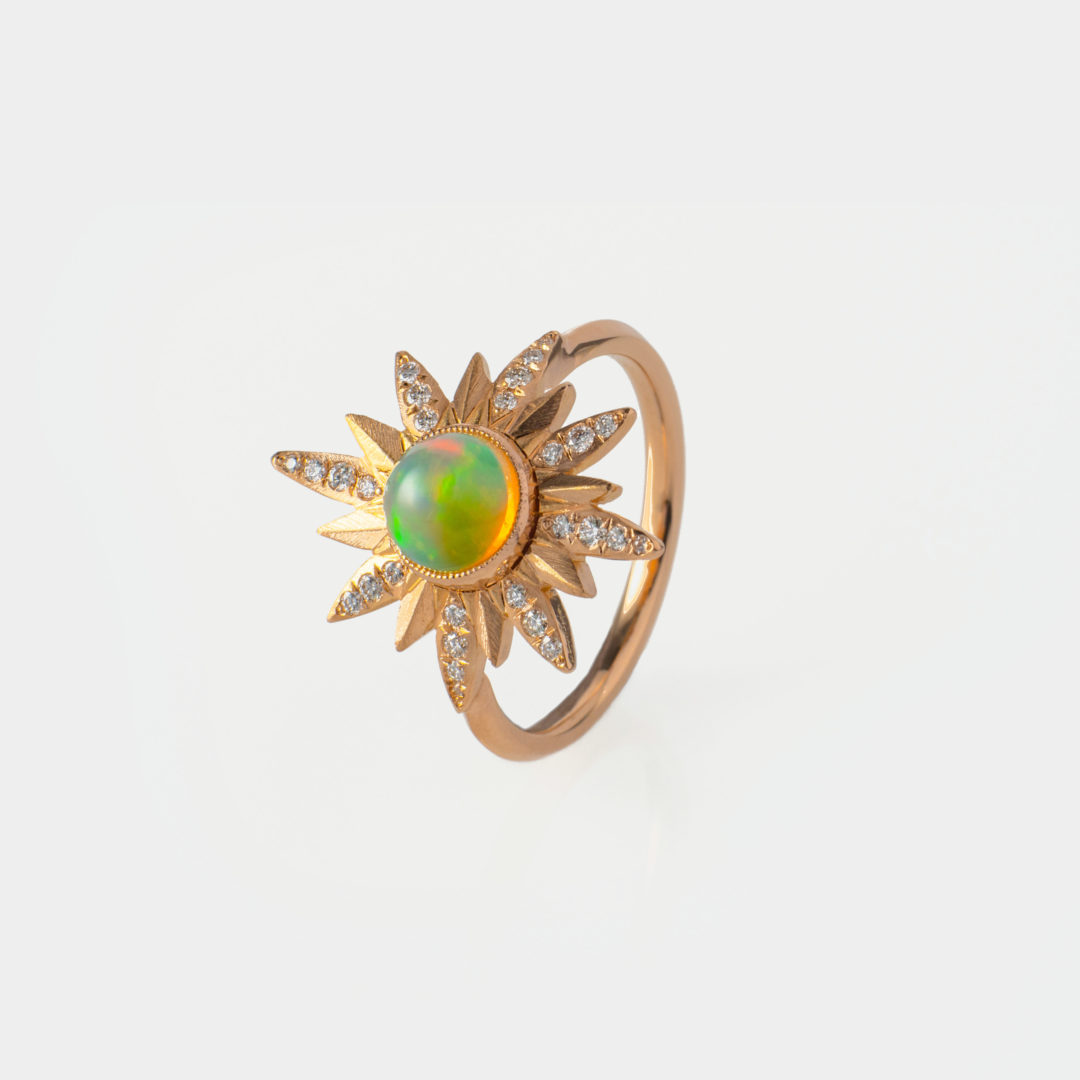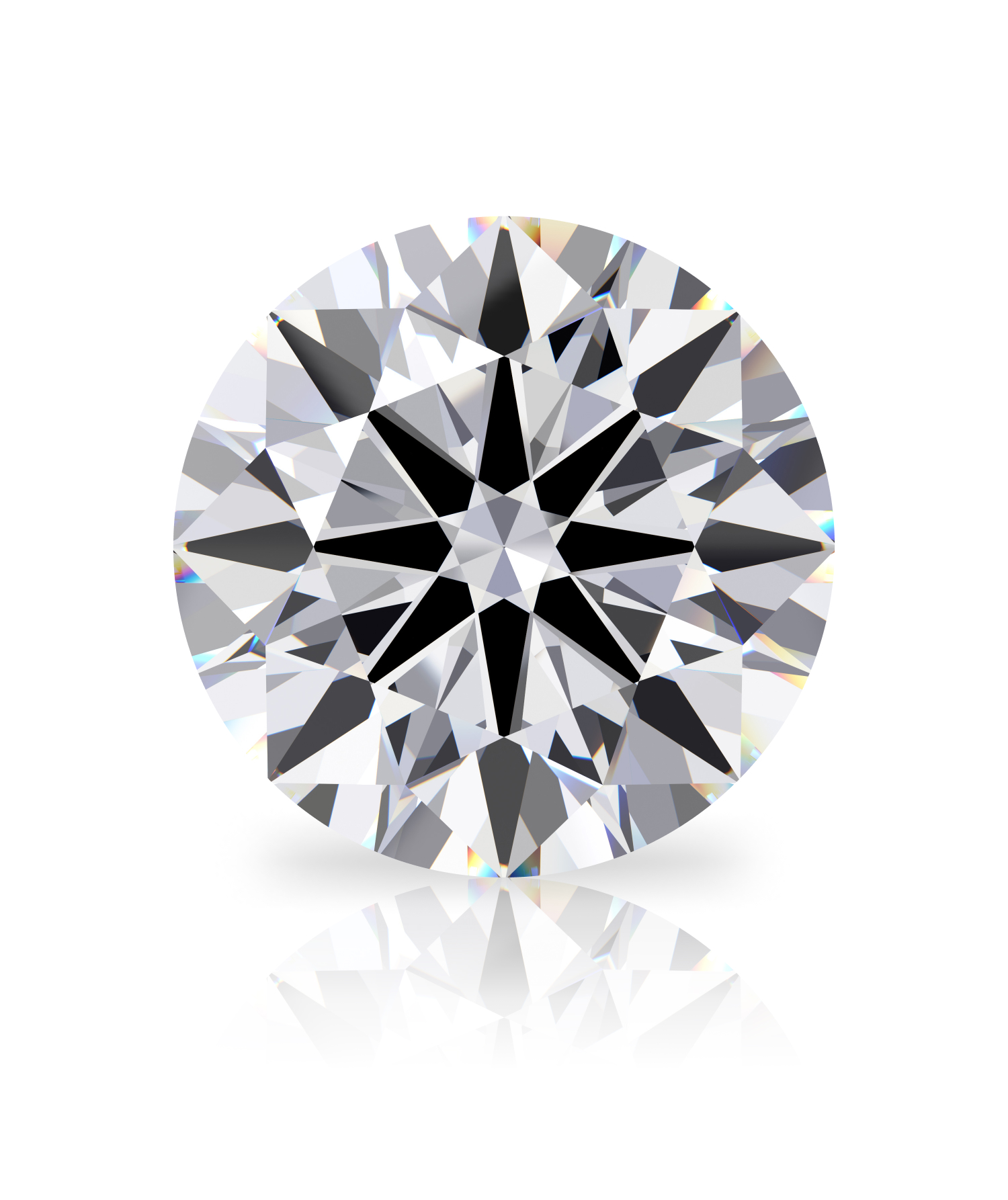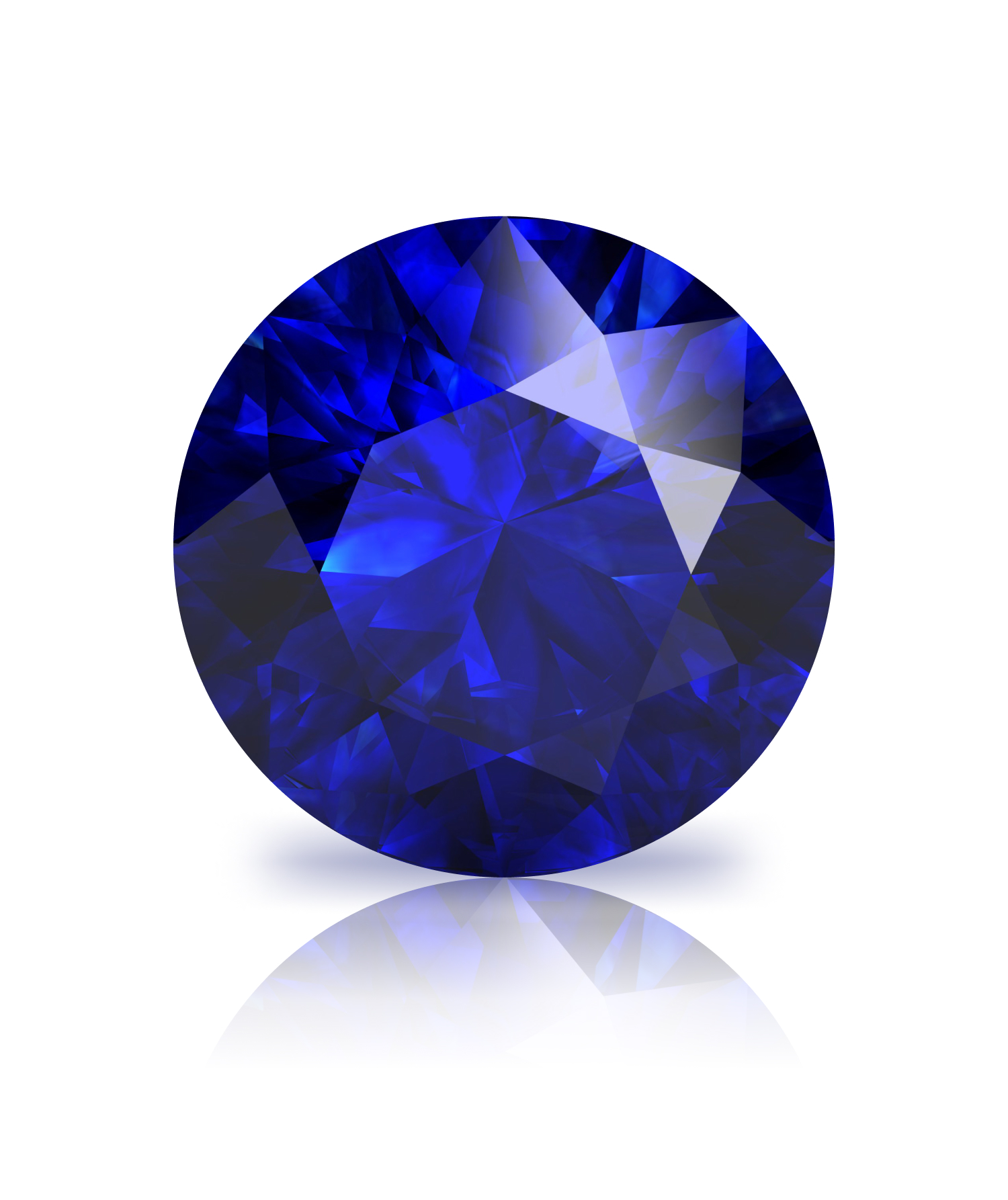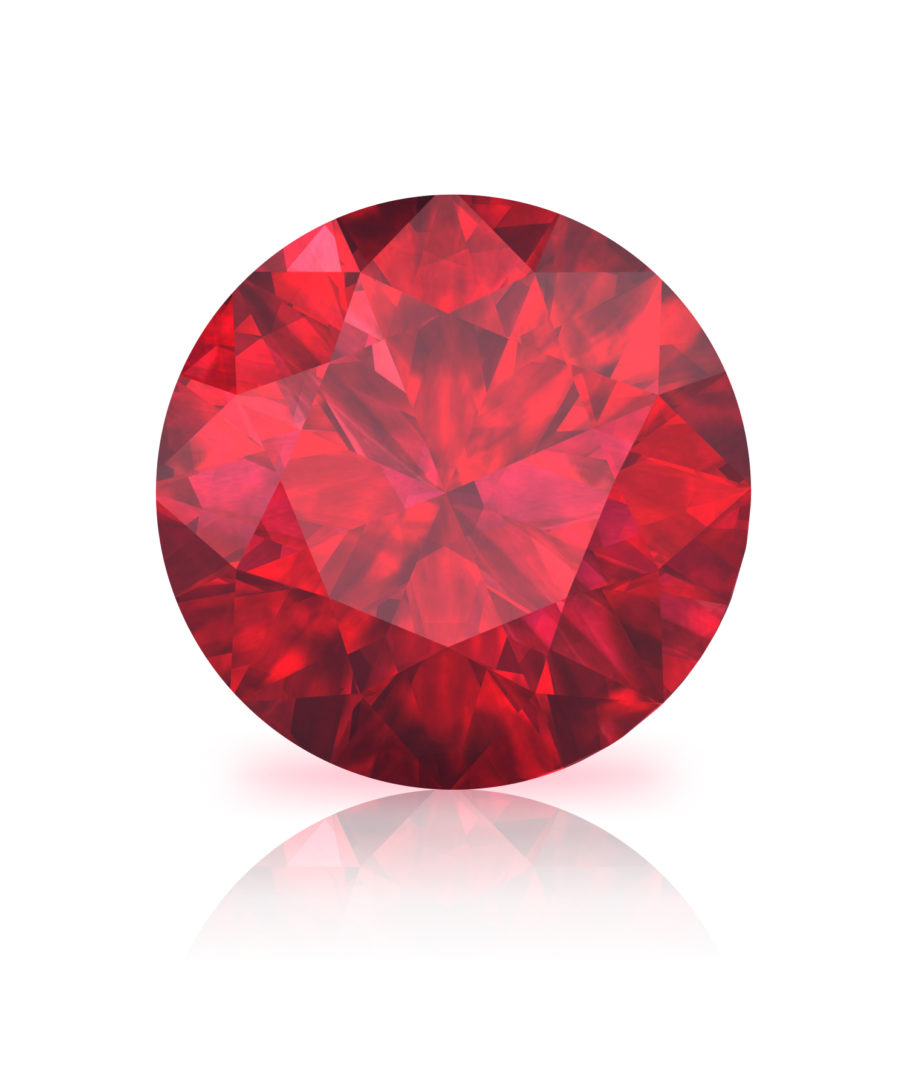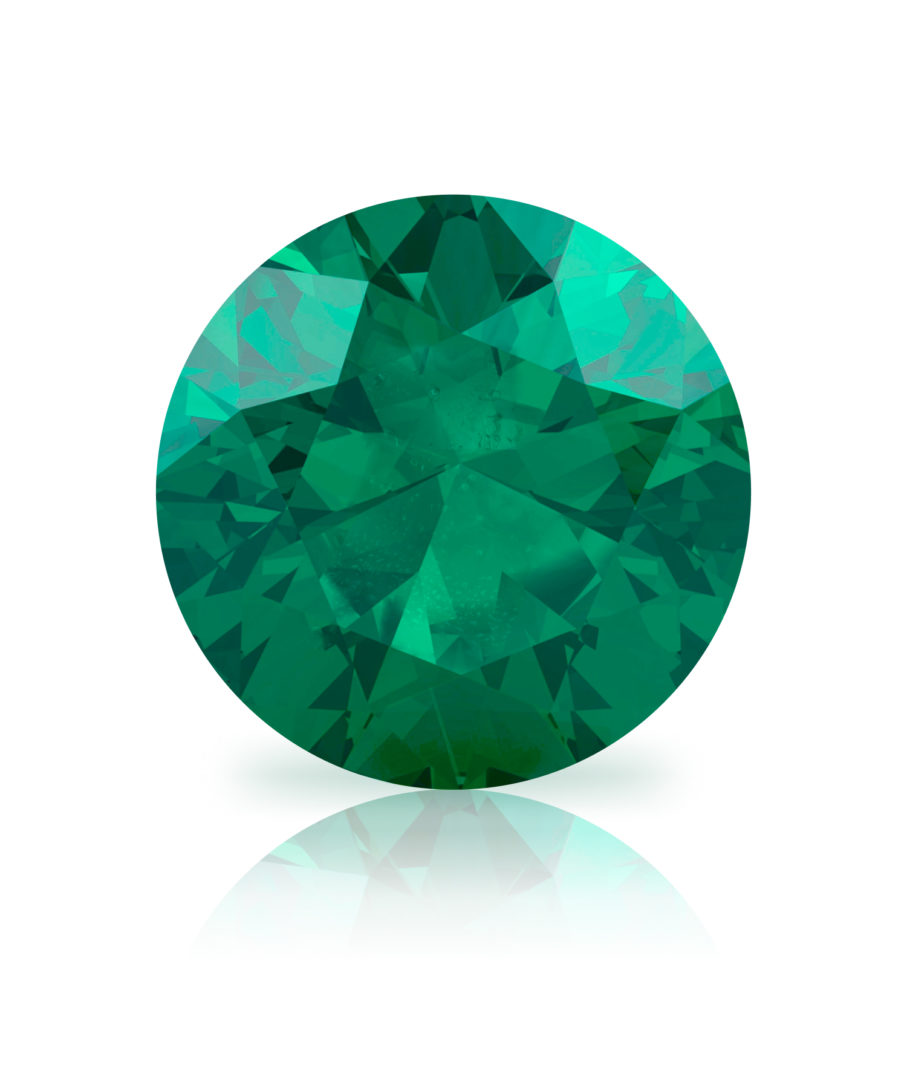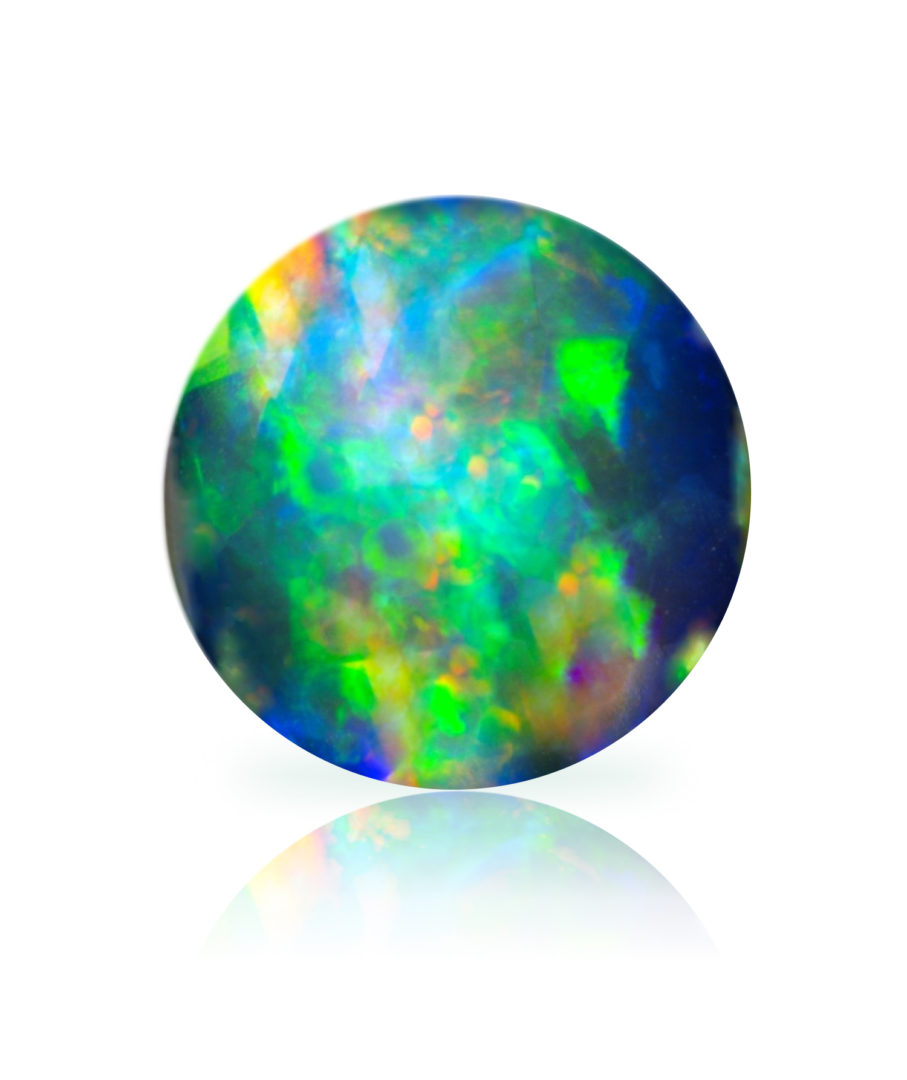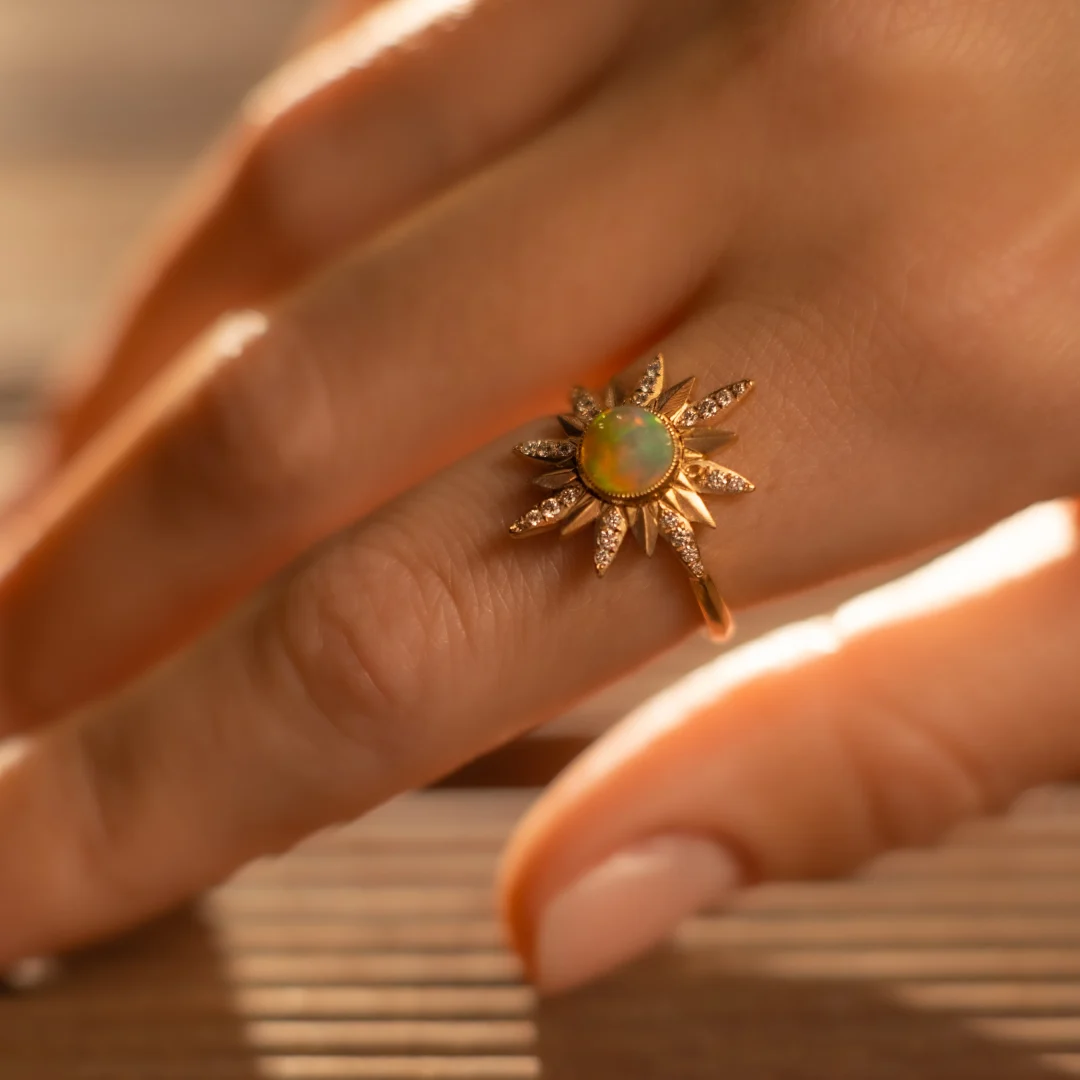
GEMS
LIKE I LIKE…
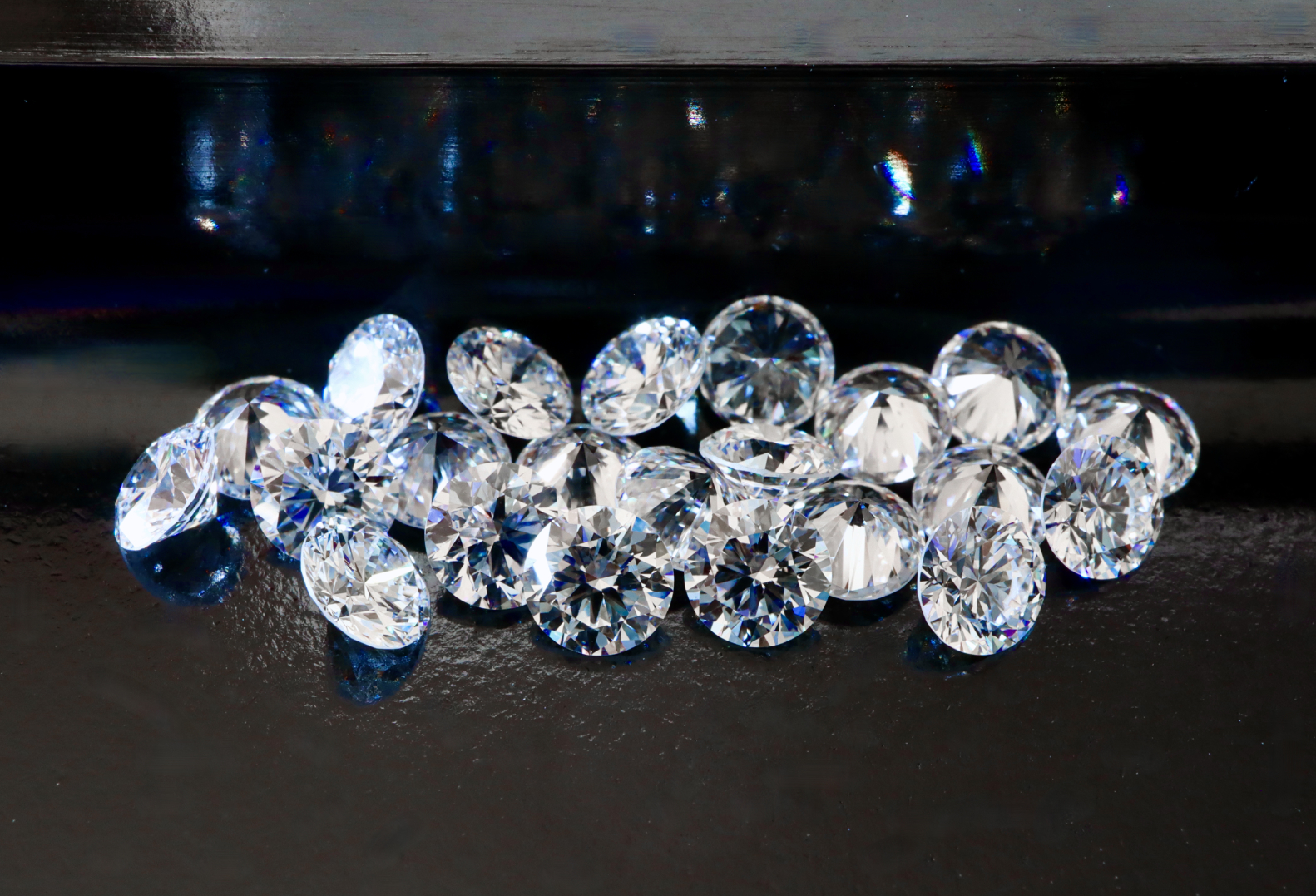
OUR PRECIOUS STONES
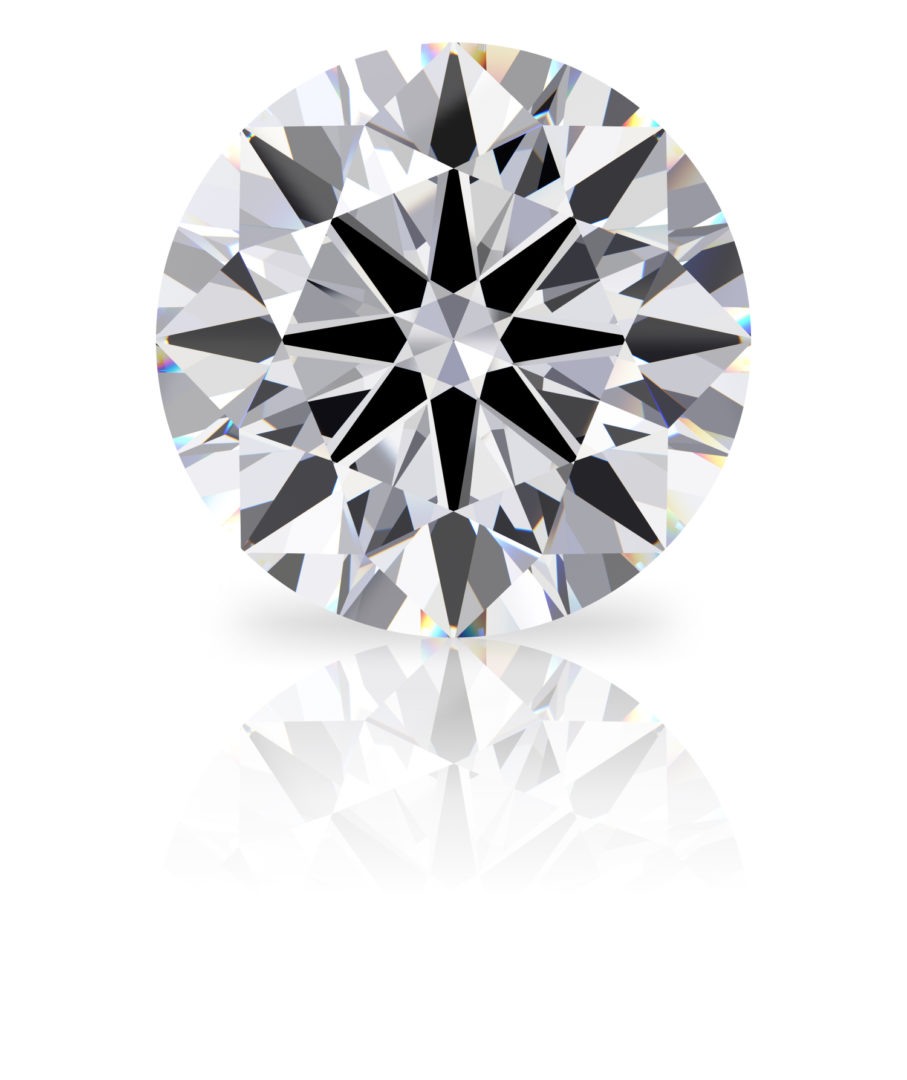
The diamonds used by opsi-jewels are selected for their high purity (IF to VS1) and their high colour (Top Wesselton), quality standards that you will only find in the great houses of fine jewellery and fine watchmaking. When it comes to Cut, the standard of opsi-jewels is the same as that of fine watchmaking: our diamonds, even those with very small diameters (from 0.80mm to 2.70mm), all have an Excellent Cut, ensuring optimum brilliance and sparkle. These round brilliant-cut diamonds (57 facets) are perfectly calibrated and homogeneous.
opsi-jewels uses exclusively natural diamonds: no synthesis or man-made diamonds (Lab Grown diamonds).
DIAMONDS
The choice of OPSI
At opsi-jewels, we have chosen integrity by adhering to the ethical principles defended by the United Nations, the ‘Charter of Human Rights’, the ‘World Diamond Council’ (WDC) and the ‘Kimberly Process’ (KP): opsi-jewels thus guarantees the ethical and conflict-free origin of its diamonds.
The ‘chain of custody’ embodied by the ‘Kimberly Process’ makes it possible to trace, via a certification system (a document called ‘KPCS’), from the manufacturing process (the activity of transforming rough diamonds into faceted diamonds – cutting) to the original source (the rough diamond – the mine): Each player in this chain is legally and ethically responsible for its supply, so that 99% of the diamonds in circulation around the world can now be considered to come from legitimate and ethical sources that comply with very strict international regulations.
IN THE HEART OF THE DIAMOND
From the Greek “Adamas” -Indomitable-, the diamond is known for its hardness, its brilliance and its incomparable fire. Aged on average 1.75 billion years, diamonds are crystals of pure carbon whose crystallization takes place through a combination of very high temperatures and pressures.
A diamond must be formed, cut, faceted to ensure the dispersion of its fire; it must also present a certain level of purity so that the passage of light is not hindered and can give it life; finally, its color and weight are also decisive in its evaluation.
The diamond trade in general, and in particular the business of mining and selling rough diamonds, is one of the most closely controlled areas in the world: diamonds are the ultimate symbol of ‘Luxury’ and are therefore at the forefront of the spotlight.
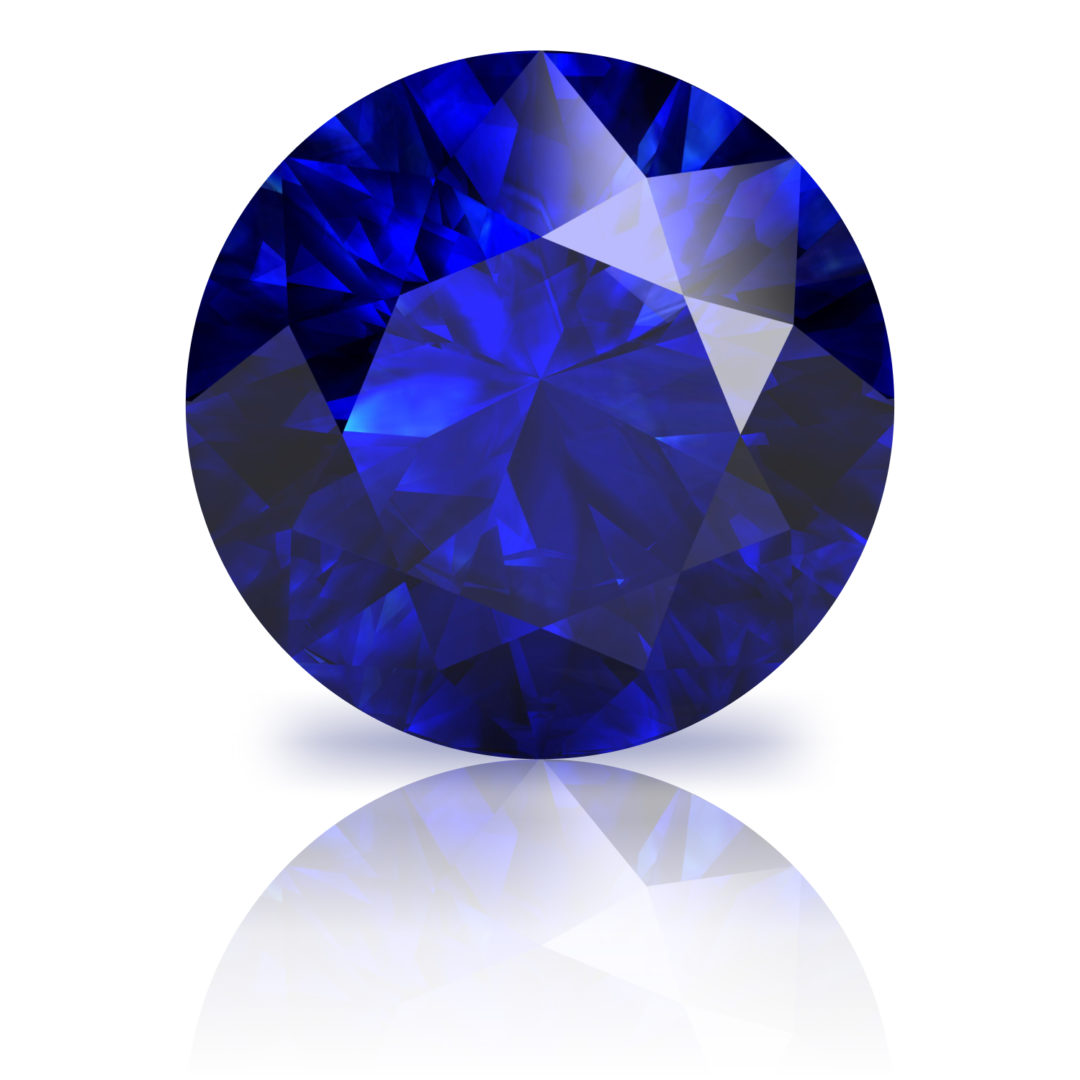
SAPPHIRE
Sapphire is one of the 4 precious stones alongside Diamond, Ruby and Emerald.
This superb natural gem, a member of the Corundum family, is best known for its blue version. However, it exists in a wide range of colours, except red, which is known as… ruby. Ruby is in fact the red variety of corundum.
Used on its own, the word ‘sapphire’ always refers to the blue version of sapphire. For all other colours, the corresponding colour should be used: yellow sapphire, pink sapphire, etc.
It is a stone with an excellent brilliance, durable and resistant, in which everyone can find their own colour.
opsi-jewels invites you to immerse yourself in the fascinating colour of sapphire, the world’s best-selling coloured gemstone.
Embodied in a Mataki. the eye that ward off evil spirits, opsi-jewels sapphires bring you serenity and power.
EACH OF OUR STONES IS METICULOUSLY SELECTED AND CALIBRATED
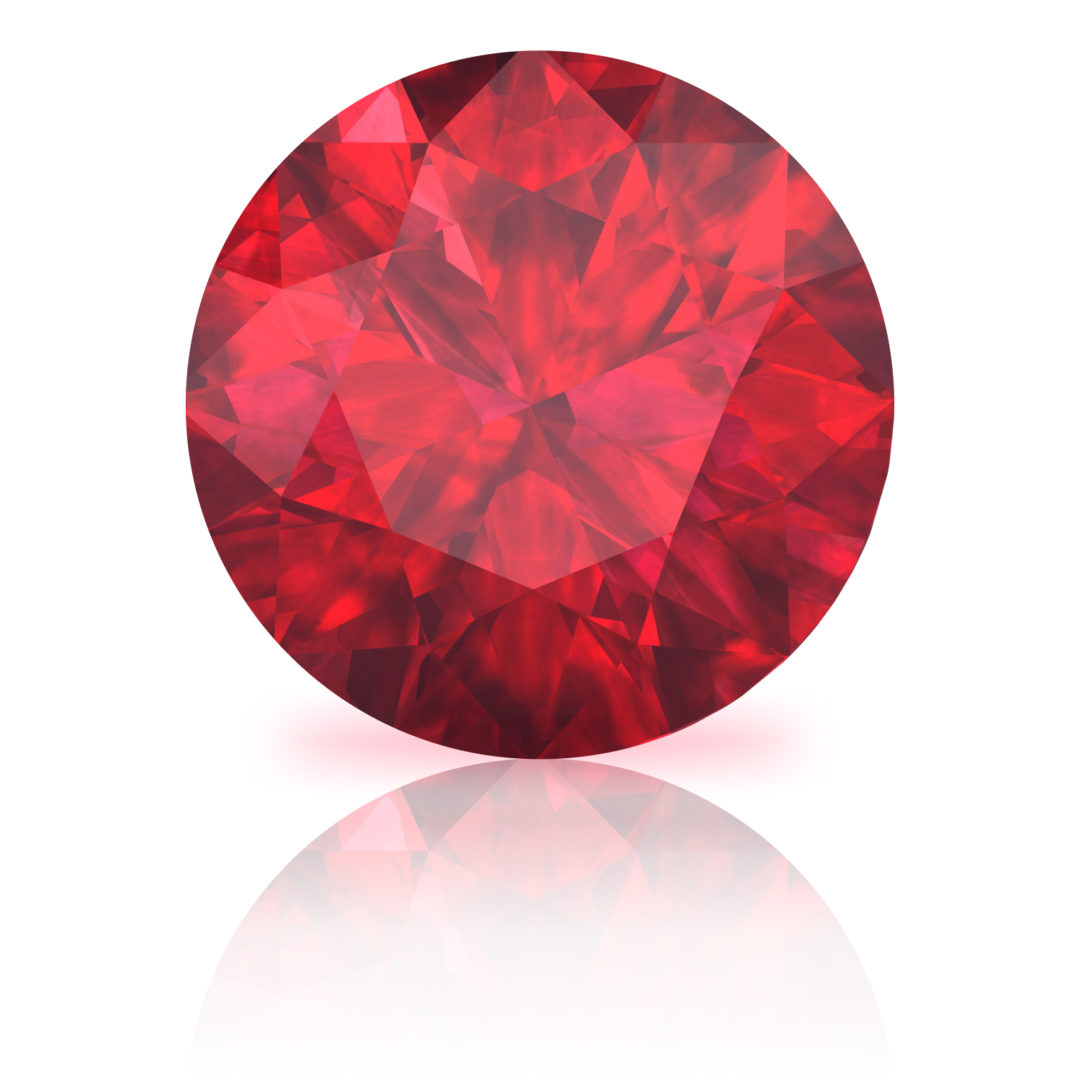
RUBY
The ruby is one of the 4 precious stones, alongside the diamond, the sapphire and the emerald.
Ruby belongs to the same family as sapphire, the Corindons. It is simply called ‘Ruby’, from the Latin rubeus, red, when this corundum expresses itself in its red colour, a colour due to the presence of Chromium at atomic level in its crystalline structure, with sometimes a little Iron (and possibly Vanadium) depending on its origins. It is also one of the most sought-after gems on the coloured gemstone market. Exceedingly rare, it is perhaps the only one to rival diamonds in price. The birthstone of July, the ruby is also the stone associated with the 15th and 40th wedding anniversaries.
In India, it was said that God created the ruby before man, and only afterwards, man, so that he could possess it. The Bible also mentions the ruby several times, naming it as one of God’s creations. All of which goes to show the extreme level of fascination that this gem has always held throughout human history.
Immerse yourself in the captivating world of the most beautiful of red gems with opsi-jewels, which offers it in a pomegranate, the emblematic fruit of the Mediterranean.
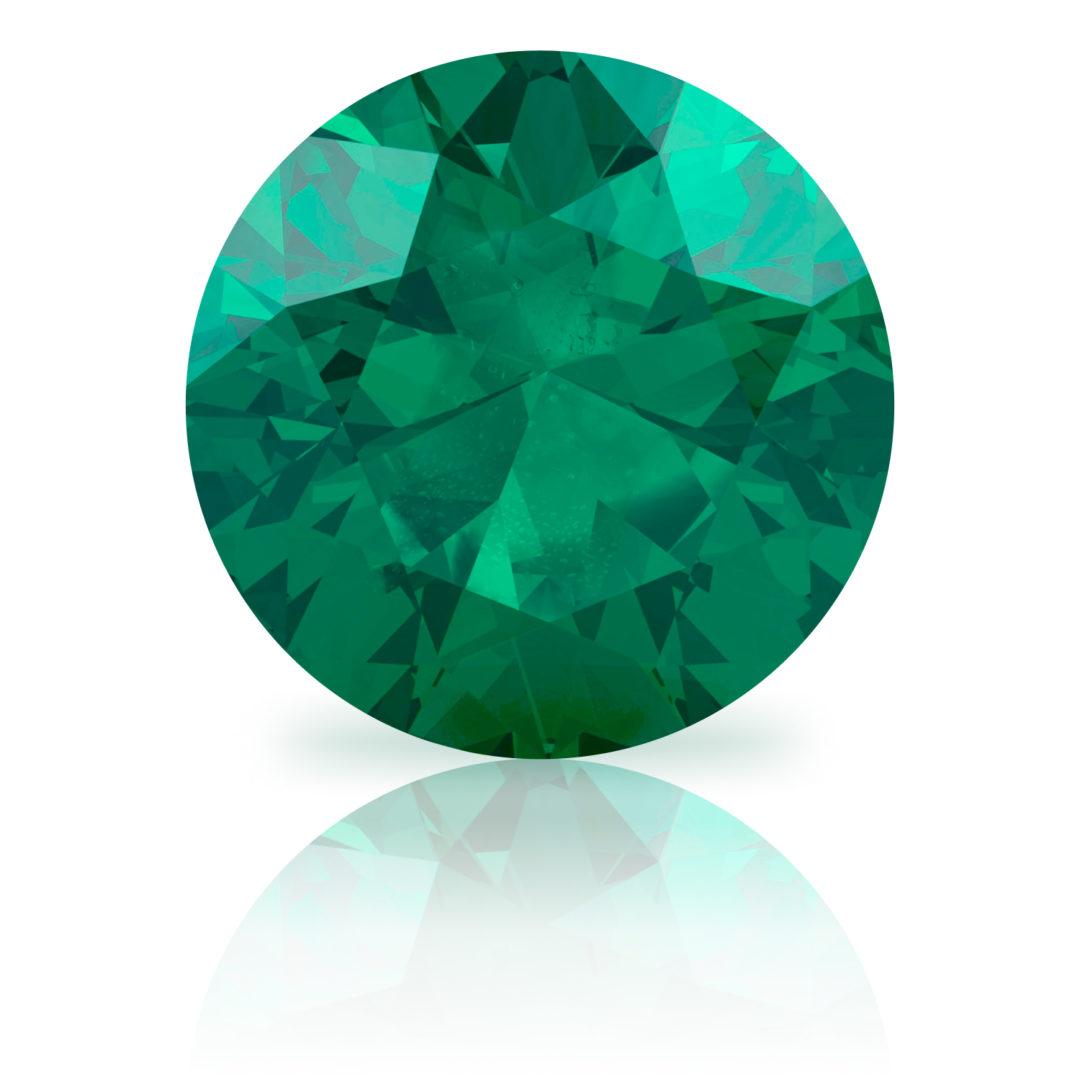
EMERALDS
Emerald is one of the 4 precious stones, alongside Diamond, Sapphire and Ruby.
From the Greek ‘smaragdos’ or green, emerald was Cleopatra’s favourite stone. Emerald’s sublime colour is due to the presence of chromium and/or vanadium in its crystalline structure. The combination of Beryllium, the primary constituent of the beryl family, and Chromium is a rare phenomenon in nature, which explains the rarity of these gems.
The best-known and most highly-valued emeralds are certainly those from Colombia, whose deposits are quite unique and offer very well-formed crystals, often with typical inclusions (bi-phases and tri-phases) that are true natural signatures of origin, and fluid inclusions known as ‘gardens’, or ‘emerald gardens’.
Excellent deposits are also found in Brazil, Zambia, Pakistan, Afghanistan, Tajikistan, Zimbabwe, India, etc. With low resistance to shock and heat and internal micro-fractures, emerald is a fragile gem that deserves to be treated with care.
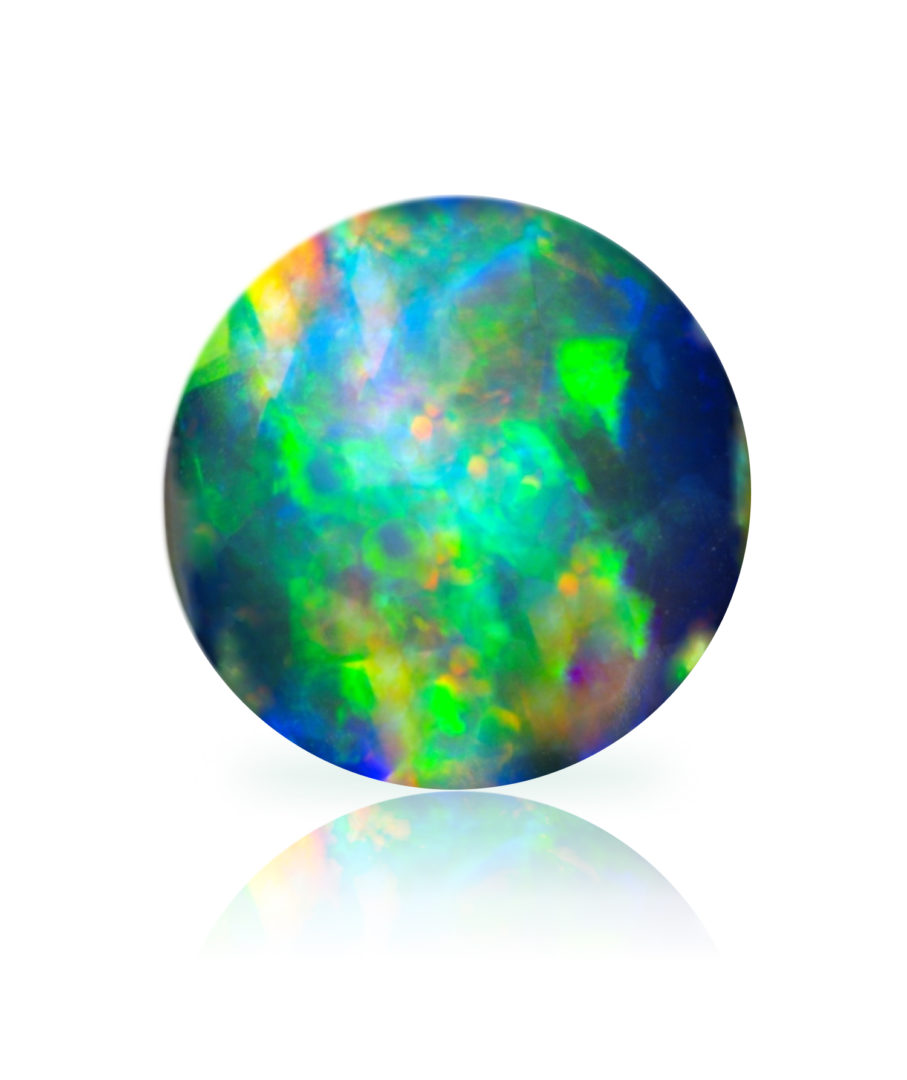
OPAL
Opal is a fine stone. Its name probably comes from the ancient Indian ‘upala’, translated into Latin as ‘Opalus’ and meaning ‘precious stone’, and/or from the Greek word ‘opallios’, meaning ‘to see a change of colour’.
Opal is a hydrated amorphous silica containing between 1% and 21% water, and its precious iridescent versions contain an average of 6% to 10% water. The water, trapped in microscopic spheres of silica that are stacked regularly in the mass (like ping-pong balls in a box), allows a diffraction effect of the light that creates this effect of play of colours revealing the colours of the spectrum. The colours vary, depending in particular on the size of the silica spheres, which will appear violet when they are about 0.1 micron in diameter and red when they are about 0.2 micron, with all the other colours of the spectrum (of the rainbow) appearing in the intermediate dimensions.
Noble opals can have a variety of ground colours, black (or with another dark ground colour) like the famous Australian opal, or white or grey, also in Australia (then called ‘White Opal’ or ‘Light Opal’), white, brown, brown-orange as is often the case with Ethiopian opal, but also a green or blue ground colour, and so on.
Sensitive to water and cosmetics, you should take good care of your opal: it deserves all your attention and respect for the magic of its fire.
In our Ilios collection, the truly magical opal is the fiery heart of our Ilios talisman: discover this precious, iridescent sun!
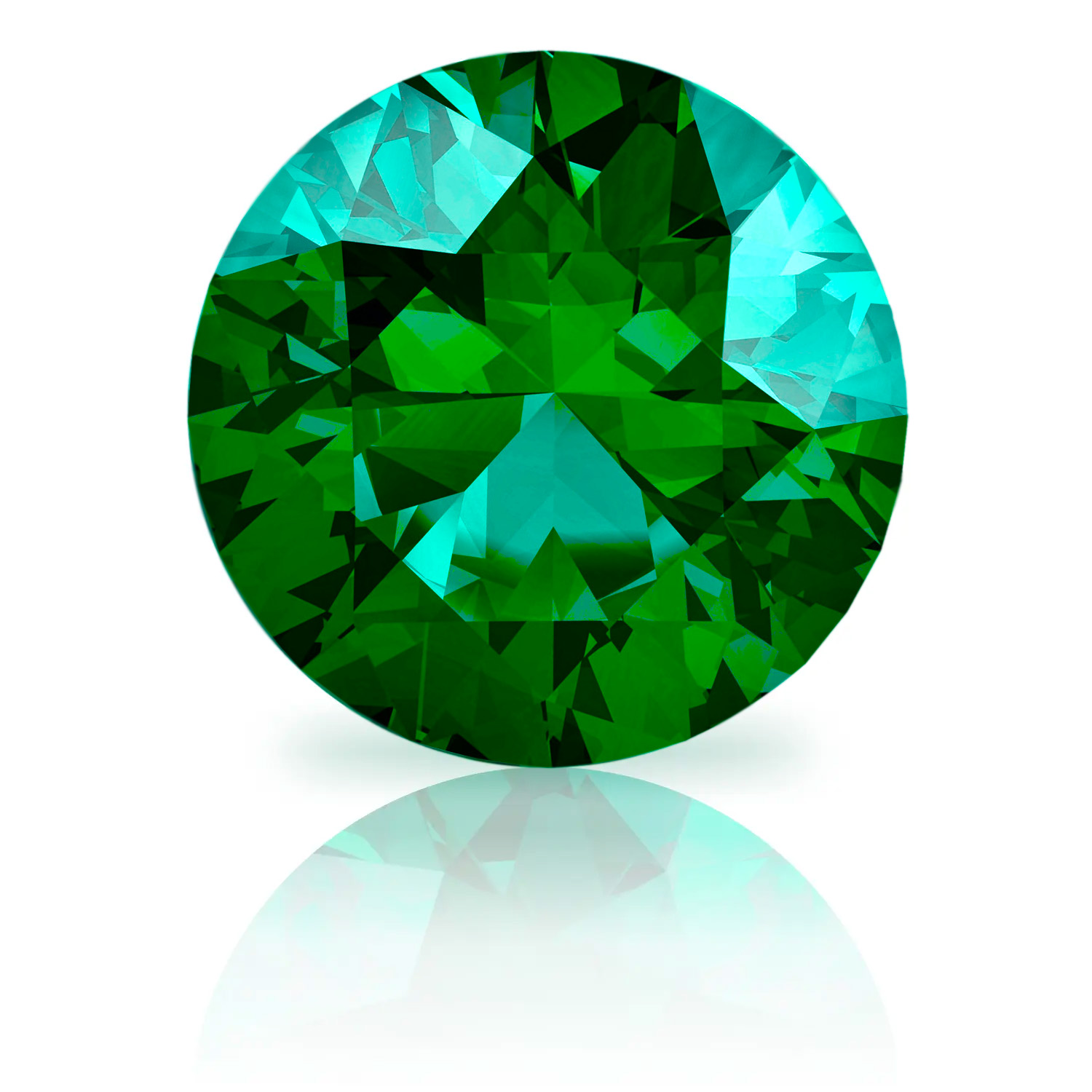
TSAVORITE
Green garnets can range from meadow green to an intense emerald green or a powerful forest green: they are rare and precious gemstones.
Among green garnets, we find demantoid garnet, which is a collector’s stone, and tsavorite garnet, which is an equally rare and superb green grossular garnet. It is all the more difficult to find because it is so popular with jewelers and the general public.
Less fragile than emerald and very rarely treated, green garnet is increasingly used as an emerald replacement. For this reason, and also because it is simply beautiful in its own right, and can be found with very high clarity (which is extremely rare with emeralds), this tsavorite garnet represents a particularly relevant object for jewelry as well as for investment.
Its name “Tsavorite” comes from the name of Tsavo National Park, a national park in Tanzania. Most grossular garnets come from Tanzania and neighbouring Kenya.
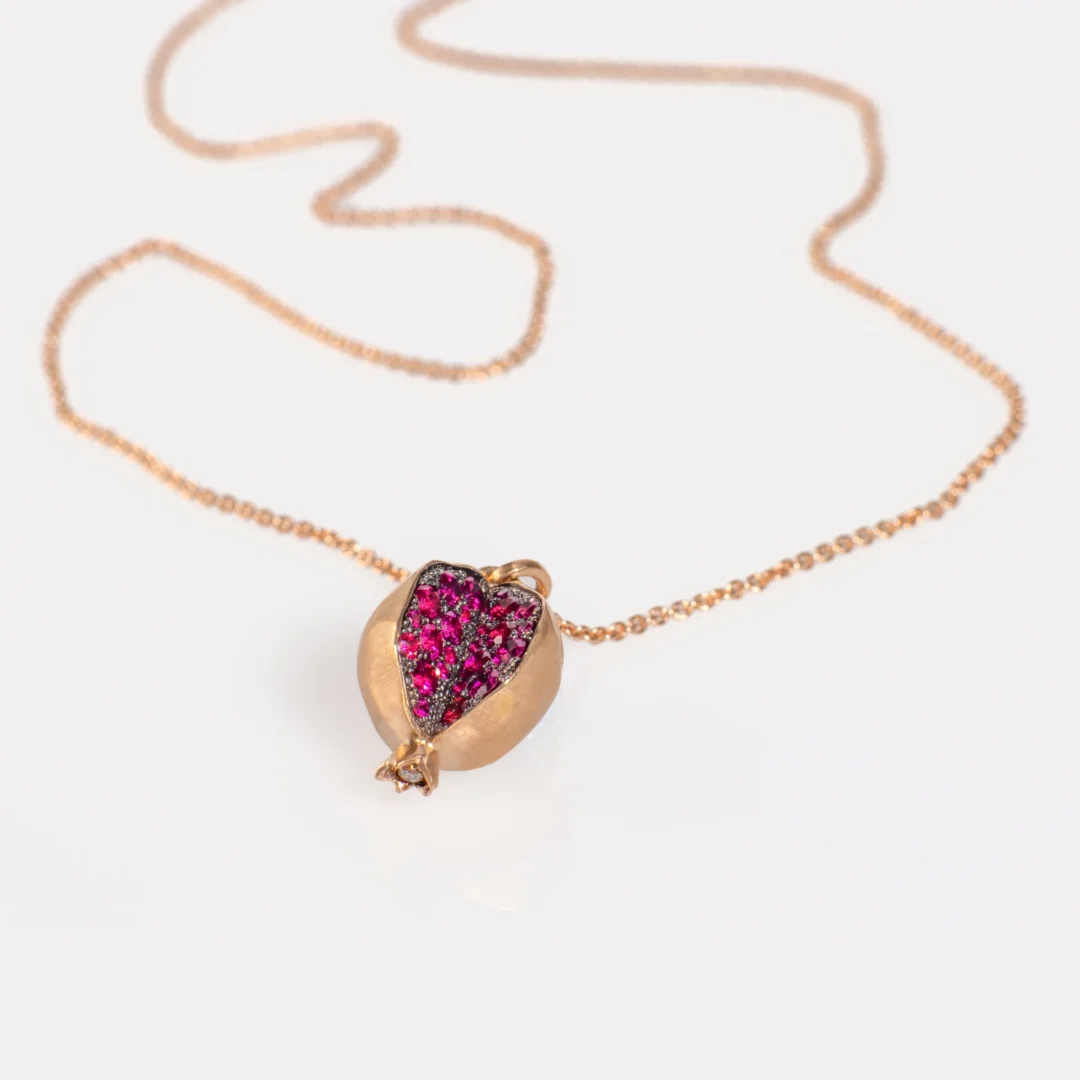
Ermione Pendant
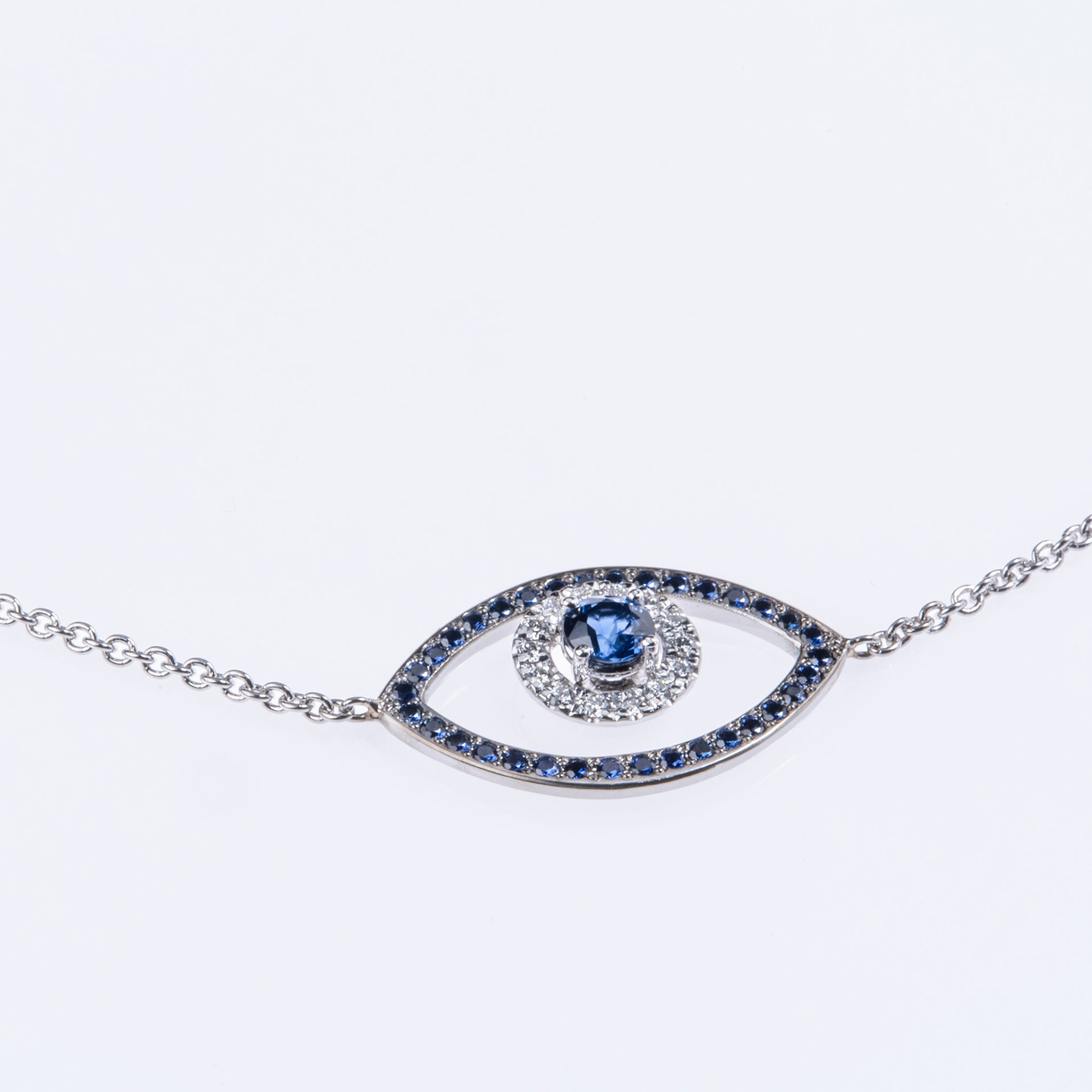
Mataki Bracelet
